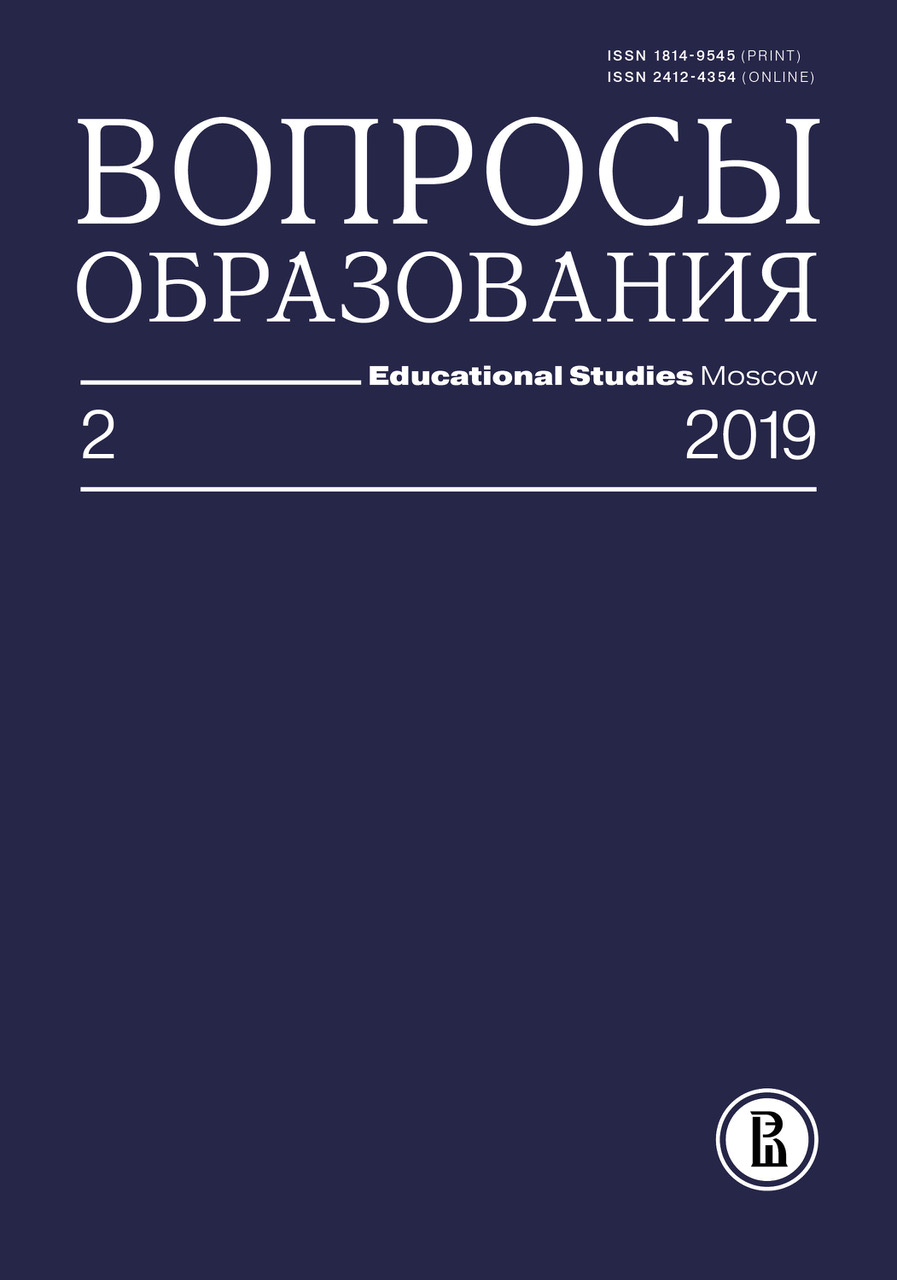Выпускники инженерно-технических и экономических специальностей: между спросом и предложением
Аннотация
На основании микроданных Федерального наблюдения трудоустройства выпускников, получивших среднее профессиональное и высшее образование в 2010–2015 гг., проведенного Росстатом в апреле—сентябре 2016 г., анализируется переход «учеба — работа» у выпускников инженерно-технических и экономических специальностей. Успешность этого перехода рассматривается как показатель соотношения предложения и спроса на их труд. Методы исследования — дескриптивный и регрессионный анализ.
Анализ статистических данных на макроуровне показал, что численность специалистов инженерно-технического профиля, получивших высшее образование в 1990–2000-х годах, превышала число специалистов, покидающих рынок труда по возрасту. Рост агрегированного предложения труда работников с инженерной подготовкой в пореформенный период происходил на фоне сжатия спроса на их труд, связанного главным образом с существенным сокращением числа занятых в промышленности.
Установлено, что шансы найти работу, продолжительность ее поиска, показатели соответствия первой работы уровню и профилю образования фактически одинаковы для молодых дипломированных инженеров и экономистов. Размеры их стартовой зарплаты также статистически не различаются. Тем самым не получило подтверждения предположение о высоком неудовлетворенном спросе на специалистов в области техники и технологии и об избыточном предложении специалистов в области экономики и управления. Показано, что декларируемый дефицит специалистов инженерного профиля не связан с недостатком их предложения на макроуровне. Выводы исследования могут быть использованы при формировании программ развития высшего образования на федеральном и региональном уровне.








